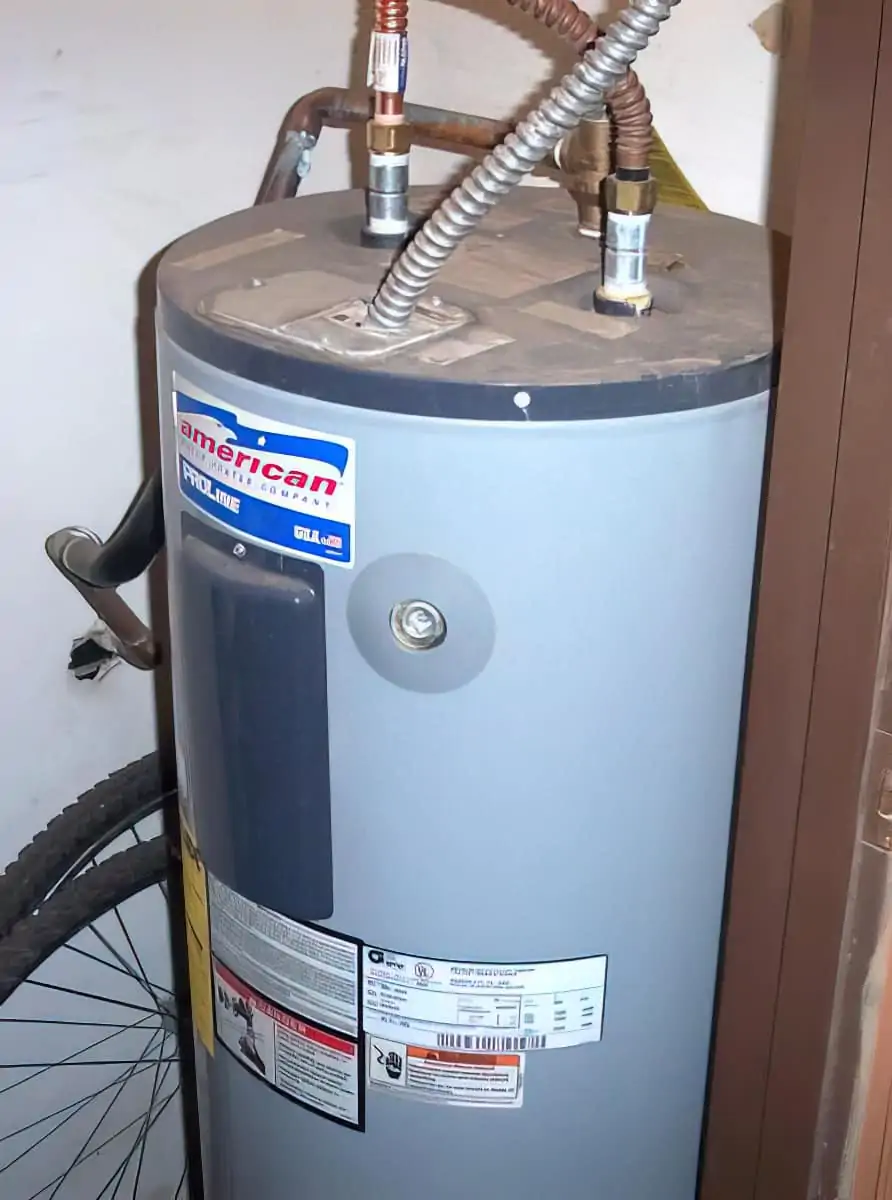Cold shower, anyone?
You could be taking one the next time your water heater breaks down — and it happens more often than you think. From rusted tanks to broken safety valves, sediment buildup to faulty thermostats, there are many parts to a water heater that need regular inspection and maintenance. It’s no wonder so many homeowners choose to get help from a professional water heater repair company.
How does my water heater work?
Many types of water heaters exist on the market today, but the one you’ll find in most Canadian homes are conventional tank water heaters.
Conventional tank water heaters work by drawing cold water into a large, insulated tank — hence their name. A heating mechanism begins heating the water and stops when the internal thermostat detects the appropriate temperature. The water is held in the tank, ready for household use.
3 things you can do to extend the life of your water heater
If you want to avoid ice-cold showers and even costly damage to your property, Toronto Water Heater Repair compiled 3 things you can do to keep your water heater in working condition for years to come:
1. Flush Regularly
No, not your toilet! Though you should probably flush that too. We’re talking about flushing your hot water tank.
It can take just 1 year to build up enough sediment to harm your water heater’s performance, depending on the water hardness in your water supply. That’s money you’re losing to inefficient water heating. And, if you neglect it long enough, you may need to completely replace your water heater.
| Did You Know? Water in Ontario is considered hard water. Hot water tanks that draw from hard water sources build up more sediment, faster. In contrast, soft water contains lower mineral levels and causes less sediment buildup. |
You’ll know there may be sediment in your tank when:
- There’s no hot water
- Water temperatures fluctuate
- Your energy bills are creeping up
- There’s noise coming from your water tank (rumbling)
Sediment buildup is the most common problem with water heaters. Luckily for you, it’s also the easiest to prevent. Use the drain valve to flush your hot water tank at least once a year (more often if your local water supply is especially hard).
2. Inspect What You Can
You take care of your home, right? Of course you do. Responsible homeowners make time to perform regular spot checks on their water heaters. They also pay attention to the water coming out of the taps.
Here are the most common issues to look out for (and what’s most likely causing it):
Smelly or discoloured water— Your hot water tank is susceptible to corrosion. The anode rod sits in the tank, and it essentially sacrifices itself — allowing itself to dissolve — to save your tank. Changes to the smell and colour of your water are signs that you need to check your anode rod. Experts also recommended that you replace it every 3-5 years.
| Did you know? Most hot water tanks have a thin glass coating on the inner surface. This coating eventually cracks, reducing its effectiveness. If you maintain your anode rod, it will keep your tank walls — and water — corrosion free. |
Hot water running out fast — Cold water enters the tank through the dip tube, forcing hot water out of the tank to where it needs to be in your home. If your dip tube is defective, you’ll run out of hot water much faster than normal. This piece of hardware is tricky to check, but if your water is running out rapidly, take a closer look at your dip tube.
Fluctuating temperatures — If your temperature won’t stay consistent, check the thermostat(s) and temperature and pressure relief valves (T&P valves) Your water heater has 1 or 2 thermostatscontrolling the water’s temperature. It also has T&P safety valves that prevent your water heater from overheating and exploding. Fluctuating temperatures can also mean that you may need to reconsider the size of your water heater.
Water Leaks – Don’t ignore leaks coming from your water heater! Leaks can raise your water bills, cause mildew and mold, and leave water damage restoration work that will cost you a fortune. If your water heater is leaking from the top, check the T&P valves. If your water heater is leaking from the bottom, it means your tank is damaged and it will most likely need to be replaced.
3. Leave It to the Pros
This one is important: Consult a professional.
While it’s important for homeowners to learn about their water heater, you may have already found out that your water heater is a complex system. There are many parts that contribute to its long-term performance. Attempts to repair your water heater without adequate knowledge of all the parts is, well, risky.
Professional technicians have years of experience. They know exactly where to look and how to look without causing severe damage to your water heater or home.
Inspecting and repairing your hot water heater is a necessary investment for comfort in any home. Since hot water is a crucial part of daily life, malfunctions cause painful inconveniences to you and your family — especially ones caused by well-intentioned DIY repairs.
If you’re experiencing issues with your water heater, the best thing you can do is ask a professional water heater technician.

